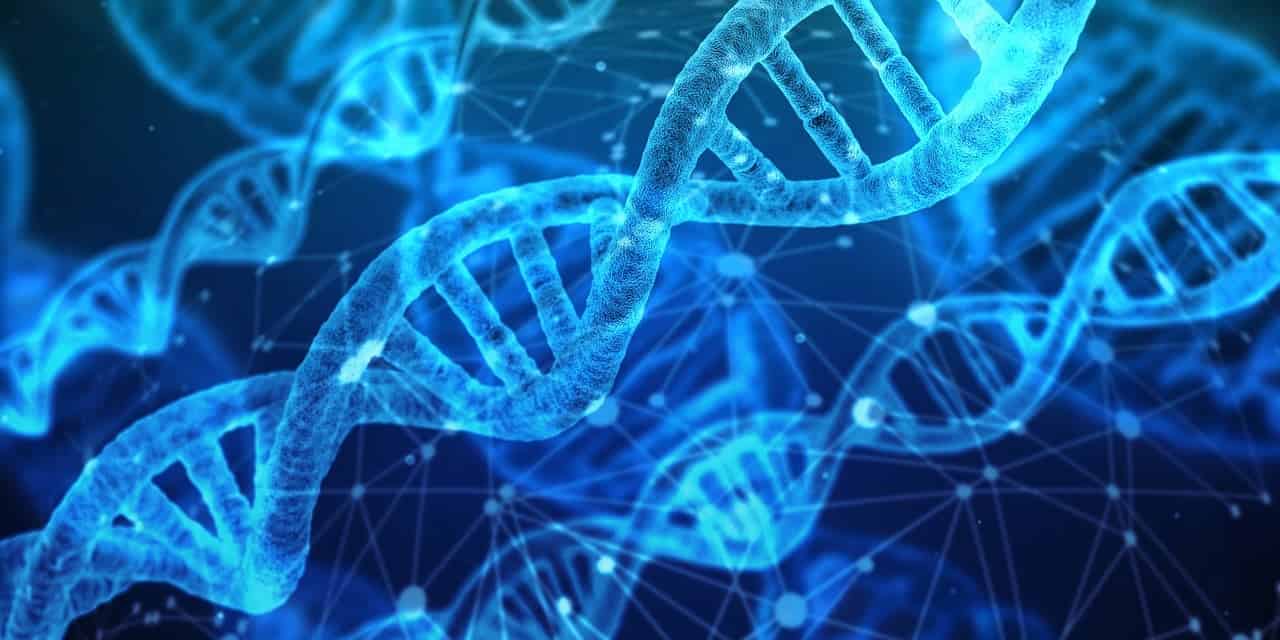
By analyzing the entire human genome, doctors are able to diagnose rare diseases much more quickly. Belgian researchers from Leuven, together with scientists from the University of Cambridge, UK, have developed a method for this purpose. It is the first time that such whole-genome sequencing is used in this way.
The development of this method and the research into the possibility of arriving at diagnoses by means of a complete analysis of the genome took a total of eight years. The results have since been published in the journal Nature.
One million people suffer from rare diseases
Approximately one million people in the Netherlands and Belgium suffer from a rare condition, which is about 6 to 8 percent of the population. The vast majority of these cases have a genetic origin. The road to a diagnosis, and therefore treatment, is often long and very unpleasant for them.
“At the moment, partial genome analysis is already being used in hospitals. Doctors are searching the human genome for where the error could be. However, they only look at the so-called coding part. Our research is unique because we started looking at the entire genome. We saw that even the large parts of our genome that are currently uncharted territory (around 99 percent) can have abnormalities that explain a disorder,” says Professor Kathleen Freson, affiliated with the Center for Molecular and Vascular Biology at the KU Leuven University. “We found 79 genes that we are sure are responsible for rare diseases. With an additional 16 genes, we have a strong suspicion.”
Searching for needles in a haystack
Genome analysis has become much cheaper in recent years, but it is still important to see the forest for the trees: “A complete genome analysis yields an enormous mountain of data. Within our research project, statistical software was developed to look for the needles in this enormous haystack,” says Professor Freson.
The diagnostic software compared the genomes of patients with rare conditions with those of healthy people. Unknown abnormalities that thus became visible ended up with Professor Freson’s team. They designed the biological models based on platelets that showed that these abnormalities effectively led to a particular rare disorder.
Method can soon be put to use
“We paid particular attention to the non-coding regions of DNA. These are DNA regions that are not linked to a protein. Until recently it was thought that these non-coding regions had no function, but this changed a few years ago. We are now proving that the non-coding regions of our DNA can also contain abnormalities that cause a rare disease.”
“This study shows that whole-genome sequencing is a good technique to help patients with rare conditions faster. Such analysis on a large scale will also be introduced in Belgium in the relatively short term,” says Professor Freson. “We already have the necessary expertise and equipment.”
The study “Whole-genome sequencing of patients with rare diseases in a national health system” by Ernest Turro et al. was published in Nature.
Also interesting: Hope for people with gluten allergy: the wheat tree deciphered





